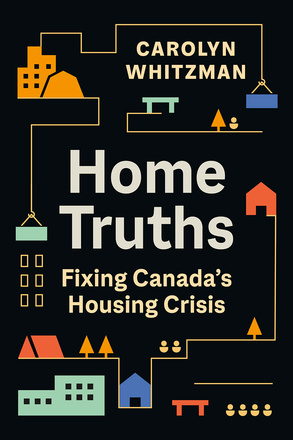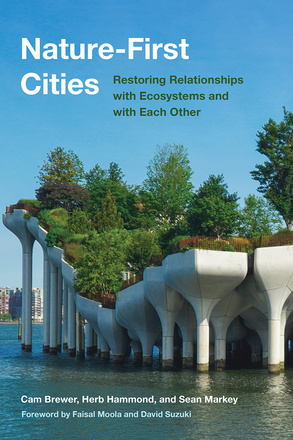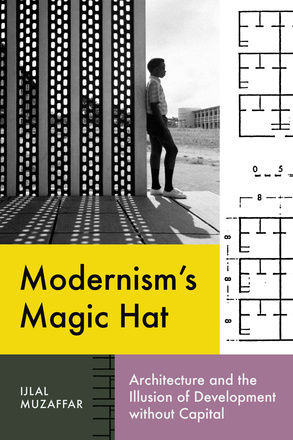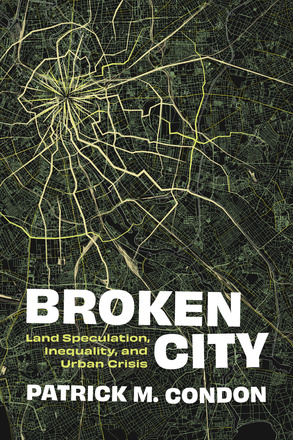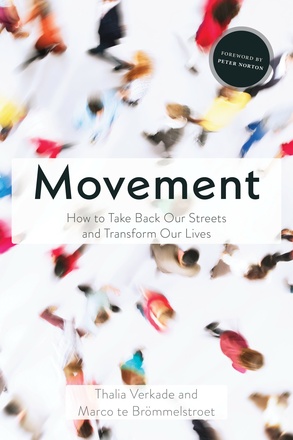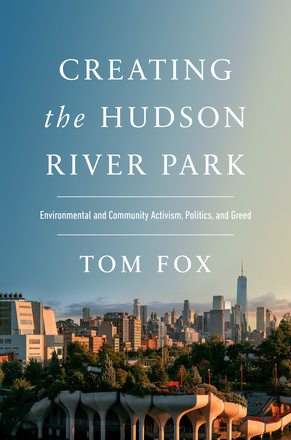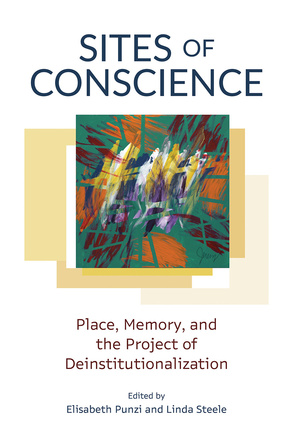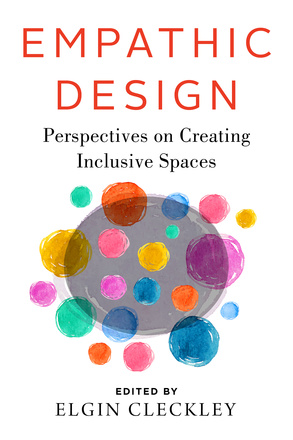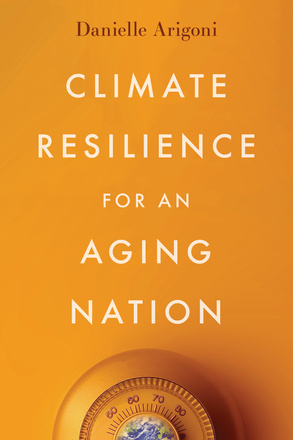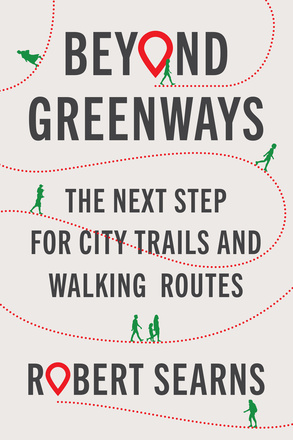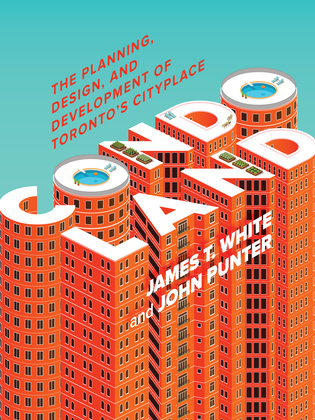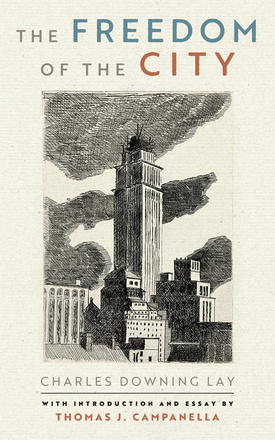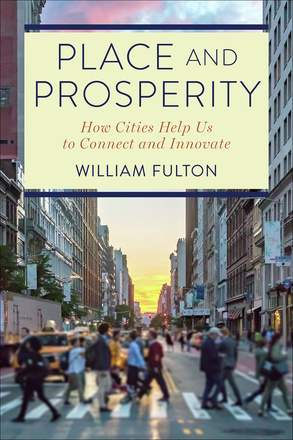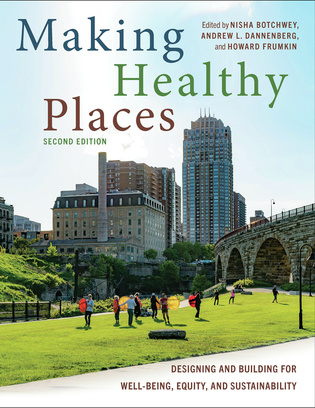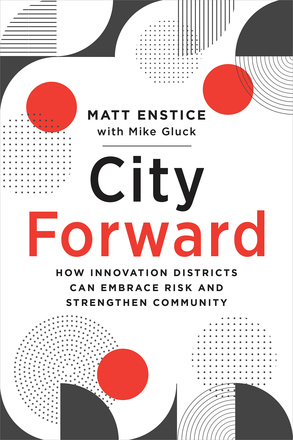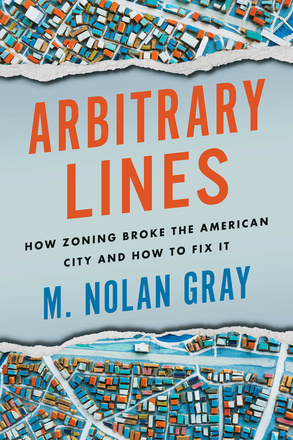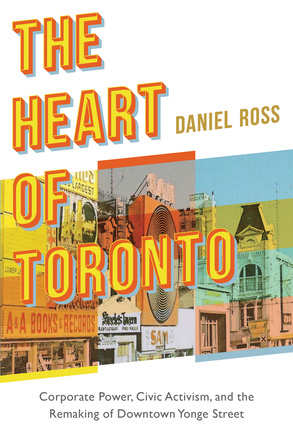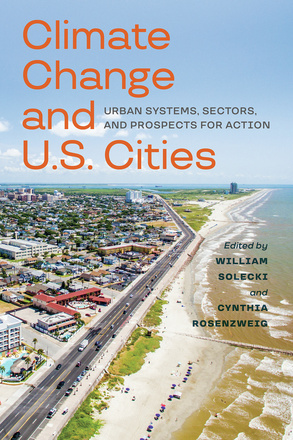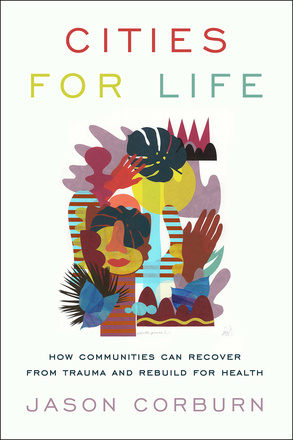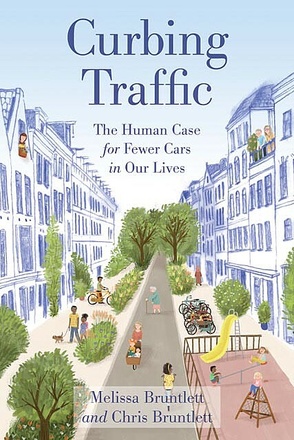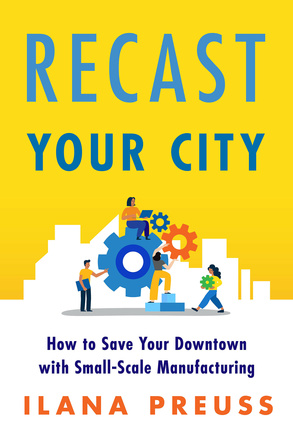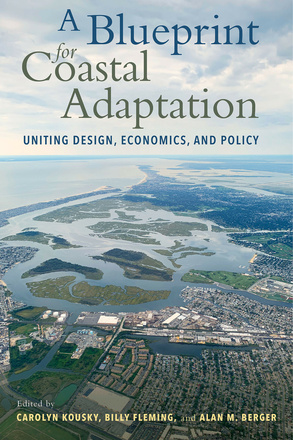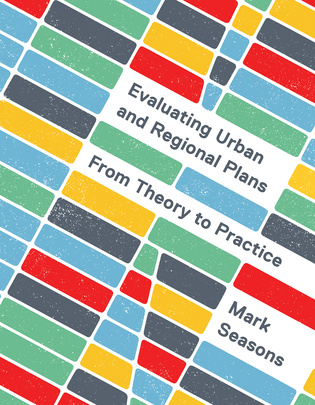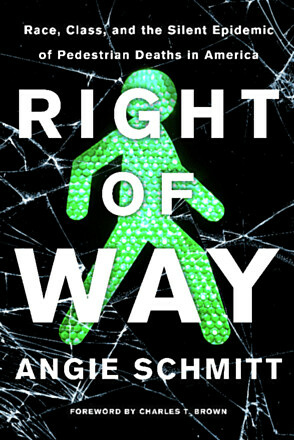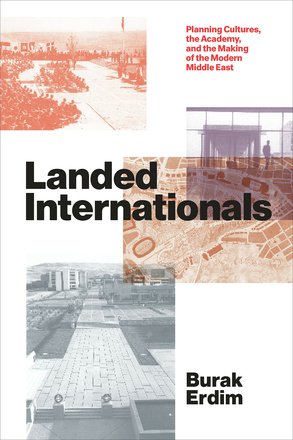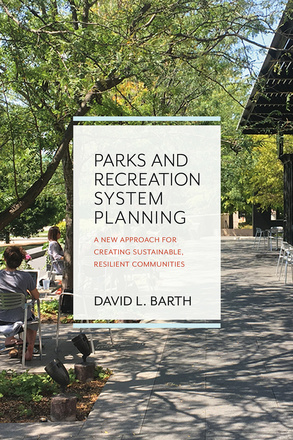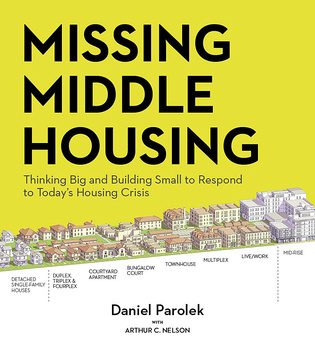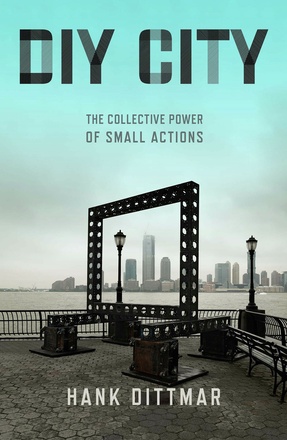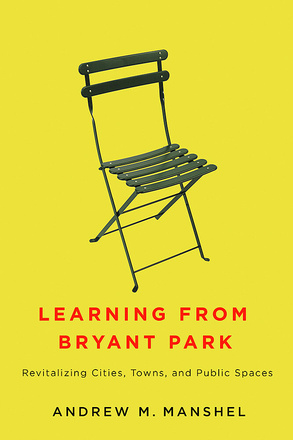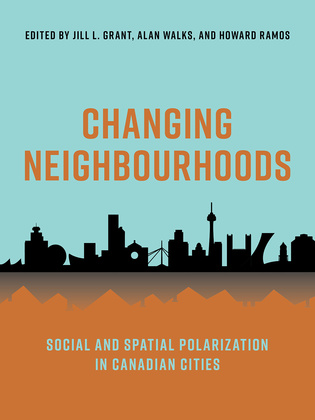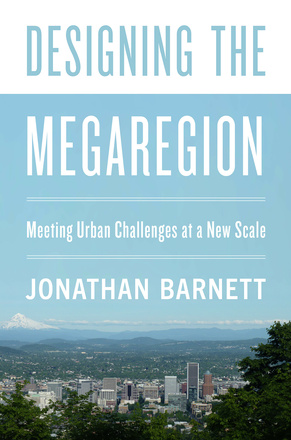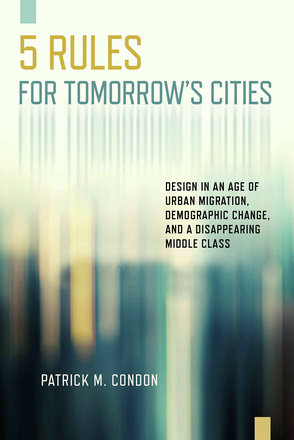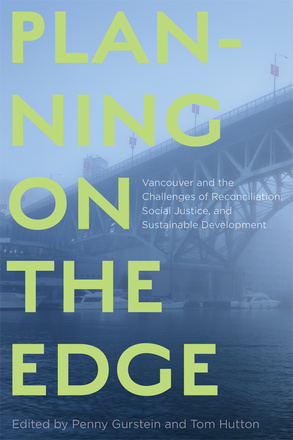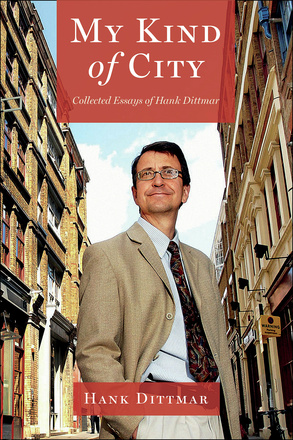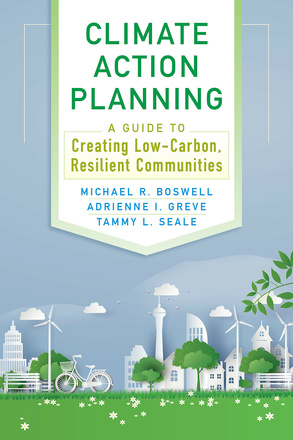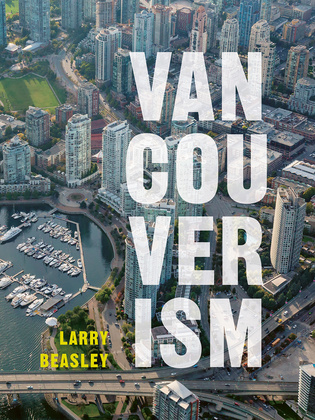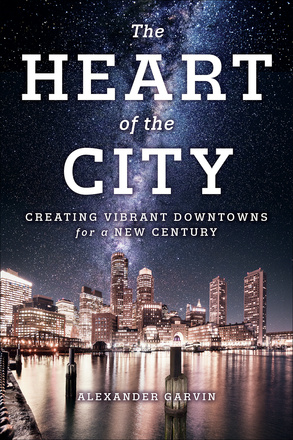Home Truths
Fixing Canada's Housing Crisis
With Canadians burdened by the world’s highest household debt after decades of failed housing policy, Home Truths: Fixing Canada’s Housing Crisis shows what went wrong, and how it can be fixed.
Nature-First Cities
Restoring Relationships with Ecosystems and with Each Other
Nature-First Cities recognizes nature as the lead architect in the most essential of restoration projects – our cities.
Modernism’s Magic Hat
Architecture and the Illusion of Development without Capital
Broken City
Land Speculation, Inequality, and Urban Crisis
Broken City argues that skyrocketing urban land prices drive our global housing market failure – so, how did we get here, and what can be done about it?
Movement
How to Take Back Our Streets and Transform Our Lives
Making our communities safer, cleaner, and greener starts with asking these fundamental questions: who do our streets belong to, how do we want to use them, and who gets to decide? To truly transform mobility, we need to look far beyond the technical aspects and put people at the center of urban design. Movement will change the way that you view our streets.
Creating the Hudson River Park
Environmental and Community Activism, Politics, and Greed
Sites of Conscience
Place, Memory, and the Project of Deinstitutionalization
Sites of Conscience charts the importance of public engagement with histories, memories, and lived experiences of institutions in forging new directions in social justice with and for disabled people and people experiencing mental distress, in a context where deinstitutionalization has failed to fully recognise, redress, and repair the ongoing impacts of institutions.
Empathic Design
Perspectives on Creating Inclusive Spaces
Contributors explore broader conceptual approaches and highlight design projects including the Harriet Tubman Memorial in Newark, which replaced a long-standing statue of Christopher Columbus; and restoration of the Freedom Center in Oklahoma City, first built by civil activist Clara Luper to provide a safe place for gathering and youth education; and The Camp Barker Memorial in Washington, D.C., which commemorates a “contraband camp” used to house former slaves who had been captured by the Union Army.
Empathic Design provides essential approaches and methods from multiple perspectives, meeting the needs of our time and holding space for readers to find themselves.
Climate Resilience for an Aging Nation
Arigoni explores how to integrate age-friendly resilience into community planning and disaster preparedness efforts through new planning approaches. These include an age-friendly process, and a planning framework dedicated to inclusive disaster recovery.
Climate Resilience for an Aging Nation will help professionals and concerned citizens understand how to best plan for both the aging of our population and the climate changes underway to create communities that serve the needs of older adults better, not only during disasters but for all the days in between.
Beyond Greenways
The Next Step for City Trails and Walking Routes
Searns introduces two models—grand loop trails and town walks. Grand loop trails are 20 to 350-mile systems that encircle metro areas. Town walks are shorter—2 to 6-mile routes in cities. He then lays out how to plan, design, and build support for them, drawing inspiration from trails in the US and abroad.
Planners, trail advocates, and community leaders will find the tools here to develop successful and affordable trails. Now is the time to pursue accessible pedestrian routes for this, and future, generations.
Condoland
The Planning, Design, and Development of Toronto’s CityPlace
In an era of frantic vertical urbanization known as “condoism,” Condoland explores the planning and design of Toronto’s CityPlace, one of North America’s largest residential development projects – and reveals what can happen when the real estate industry comes to dominate city planning.
Crossing Paths Crossing Perspectives
Urban Studies in British Columbia and Quebec
The Freedom of the City
Campanella writes “The Freedom of the City was prescient in 1926 and timely now. Certainly, the essentials of good urbanism extolled in the book—human scale, diversity, walkability, the serendipities of the street; above all, density—are articles of faith among architects and urbanists today.”
Lay’s words are relevant today as density and congestion are once again under siege, especially in our most productive and thriving cities.
Place and Prosperity
How Cities Help Us to Connect and Innovate
Fulton has been writing about cities over his forty-year career as a journalist, professor, mayor, planning director, and the director of an urban think tank in one of America’s great cities. Place and Prosperity is a curated collection of his writings with new and updated selections and framing material.
Fulton shows that at their best, cities not only inspire and uplift us, but they make our daily life more convenient, more fulfilling, and more prosperous.
Managing the Climate Crisis
Designing and Building for Floods, Heat, Drought, and Wildfire
Managing the Climate Crisis: Designing and Building for Floods, Heat, Drought and Wildfire by design and planning experts Jonathan Barnett and Matthijs Bouw is a practical guide to addressing this urgent national security problem. Barnett and Bouw draw from the latest scientific findings and include many recent, real-world examples to illustrate how to manage seven climate-related threats: flooding along coastlines, river flooding, flash floods from extreme rain events, drought, wildfire, long periods of high heat, and food shortages.
Making Healthy Places, Second Edition
Designing and Building for Well-Being, Equity, and Sustainability
Making Healthy Places is a must-read for students, academics, and professionals in health, architecture, urban planning, civil engineering, parks and recreation, and related fields.
City Forward
How Innovation Districts Can Embrace Risk and Strengthen Community
Institutional leadership, business owners, and professionals will find experienced direction here. City Forward is a refreshing look at the brighter futures that we can create through thoughtful collaboration—moving forward, together.
Arbitrary Lines
How Zoning Broke the American City and How to Fix It
Gray lays the groundwork for this ambitious cause by clearing up common misconceptions about how American cities regulate growth and examining four contemporary critiques of zoning (its role in increasing housing costs, restricting growth in our most productive cities, institutionalizing racial and economic segregation, and mandating sprawl). He sets out some of the efforts currently underway to reform zoning and charts how land-use regulation might work in the post-zoning American city.
Arbitrary Lines is an invitation to rethink the rules that will continue to shape American life—where we may live or work, who we may encounter, how we may travel. If the task seems daunting, the good news is that we have nowhere to go but up.
The Heart of Toronto
Corporate Power, Civic Activism, and the Remaking of Downtown Yonge Street
From the sidewalk to City Hall, in the corporate boardroom, and around the kitchen table, The Heart of Toronto traces the power dynamics and projects that have transformed downtown Toronto.
Climate Change and U.S. Cities
Urban Systems, Sectors, and Prospects for Action
A follow-up to the Fourth National Climate Assessment (NCA), Climate Change and U.S. Cities documents the current and future climate risk for U.S. cities, urban systems, and their residents. It is an examination of research findings since early 2012, with a critical emphasis on the cross-cutting factors of economics, equity, and governance.
Urban stakeholders and decision makers will gain an understanding of climate risks and a set of conclusions and recommendations for action. Climate Change and U.S. Cities boldly lays out the tools that cities must harness to effect decisive, meaningful change.
Dream Play Build
Hands-On Community Engagement for Enduring Spaces and Places
For twenty years, James Rojas and John Kamp have been using art, creative expression, and storytelling to shake up the classic community meeting. In Dream Play Build, they share their insights into building common ground and inviting active participation among diverse groups. Their approach, “Place It!,” draws on three methods: the interactive model-building workshop, the pop-up, and site exploration using our senses. Inspirational and fun, this book celebrates the value of engaging with the dreams we have for our communities.
Cities for Life
How Communities Can Recover from Trauma and Rebuild for Health
In Cities for Life, public health expert Jason Corburn shares lessons from three of these cities: Richmond, California; Medellín, Colombia; and Nairobi, Kenya. Corburn draws from his work with citizens, activists, and decision-makers in these cities over a ten-year period, as individuals and communities worked to heal from trauma—including from gun violence, housing and food insecurity, poverty, and other harms. Cities for Life is about a new way forward with urban communities that rebuilds our social institutions, practices, and policies to be more focused on healing and health.
Curbing Traffic
The Human Case for Fewer Cars in Our Lives
Their insights will help decision makers and advocates to better understand and communicate the human impacts of low-car cities: lower anxiety and stress, increased independence, social autonomy, inclusion, and improved mental and physical wellbeing.
Curbing Traffic provides relatable, emotional, and personal reasons why it matters and inspiration for exporting the low-car city.
Recast Your City
How to Save Your Downtown with Small-Scale Manufacturing
Preuss draws from her experience working with local governments, large and small, from Knoxville, Tennessee, to Columbia, Missouri, to Fremont, California. She provides tools, such as her five-step method for recasting your city, that local leaders in government, business, and real estate as well as entrepreneurs and advocates in every community can use.
A Blueprint for Coastal Adaptation
Uniting Design, Economics, and Policy
Evaluating Urban and Regional Plans
From Theory to Practice
The first text of its kind in Canada, Evaluating Urban and Regional Plans provides both a theoretical foundation and pragmatic guidance for plan evaluation.
Right of Way
Race, Class, and the Silent Epidemic of Pedestrian Deaths in America
Schmitt examines the increase in pedestrian deaths in the US as well as programs and movements that are beginning to respond to the epidemic. Right of Way is a call to reframe the problem, acknowledge the role of racism and classism in the public response to these deaths, and energize advocacy around road safety.
Right of Way unveils a crisis that is rooted in both inequality and the undeterred reign of the automobile in our cities. It challenges us to imagine and demand safer and more equitable cities, where no one is expendable.
Landed Internationals
Planning Cultures, the Academy, and the Making of the Modern Middle East
Parks and Recreation System Planning
A New Approach for Creating Sustainable, Resilient Communities
Missing Middle Housing
Thinking Big and Building Small to Respond to Today’s Housing Crisis
Parolek proves that density is too blunt of an instrument to effectively regulate for twenty-first-century housing needs. Whether you are a planner, architect, builder, or city leader, Missing Middle Housing will help you think differently about how to address housing needs for today’s communities.
DIY City
The Collective Power of Small Actions
In DIY City, Dittmar explains why individual initiative, small-scale business, and small development matter, with lively stories from his own experience and examples from recent history.
Dittmar’s timely response to the challenges many cities face today is to make Do-It-Yourself the norm rather than the exception by removing the barriers to small-scale building and local business. The message of DIY City can offer hope to anyone who cares about cities.
Learning from Bryant Park
Revitalizing Cities, Towns, and Public Spaces
Changing Neighbourhoods
Social and Spatial Polarization in Canadian Cities
Changing Neighbourhoods offers revealing insights into the way that Canadian cities have grown increasingly unequal and polarized since 1980, identifying the causal factors driving neighbourhood change and their troubling implications.
Designing the Megaregion
Meeting Urban Challenges at a New Scale
There is an urgent need to begin designing megaregions, and Barnett offers a hopeful way forward using systems that are already in place.
Five Rules for Tomorrow's Cities
Design in an Age of Urban Migration, Demographic Change, and a Disappearing Middle Class
Five Rules for Tomorrow’s Cities provides grounded and financially feasible design examples for tomorrow’s sustainable cities, and the design tools needed to achieve them.
Planning on the Edge
Vancouver and the Challenges of Reconciliation, Social Justice, and Sustainable Development
Planning on the Edge explores the reality behind the rhetoric of Vancouver’s reputation as a sustainable city and paves the way for developing Vancouver and its region into a place that is both economically sustainable and socially just.
My Kind of City
Collected Essays of Hank Dittmar
The range of topics covered in My Kind of City reflects the breadth of Dittmar’s experience in working for better cities for people. Common themes emerge in the engaging prose including Dittmar’s belief that improving our cities should not be left to the “experts”; his appreciation for the beautiful and the messy; and his rare combination of deep expertise and modesty. As Lynn Richards, CEO of Congress for the New Urbanism expresses in the preface, “Hank’s writing is smart without being elitist, witty and poetic, succinct and often surprising.”
My Kind of City captures a visionary planner’s spirit, eye for beauty, and love for the places where we live.
Climate Action Planning
A Guide to Creating Low-Carbon, Resilient Communities
Climate Action Planning is the most comprehensive book on the state of the art, science, and practice of local climate action planning. It should be a first stop for any local government interested in addressing climate change.
Vancouverism
This is the remarkable story, told by a key insider, about Vancouver’s dramatic transformation from a typical mid-sized North American city into an inspiring world-class metropolis celebrated for its liveability, sustainability, and vibrancy.
The Heart of the City
Creating Vibrant Downtowns for a New Century
This book will help public officials, civic organizations, downtown business property owners, and people who care about cities learn from successful recent actions in downtowns across the country, and expand opportunities facing their downtown. Garvin provides recommendations for continuing actions to help any downtown thrive, ensuring a prosperous and thrilling future for the 21st-century American city.

